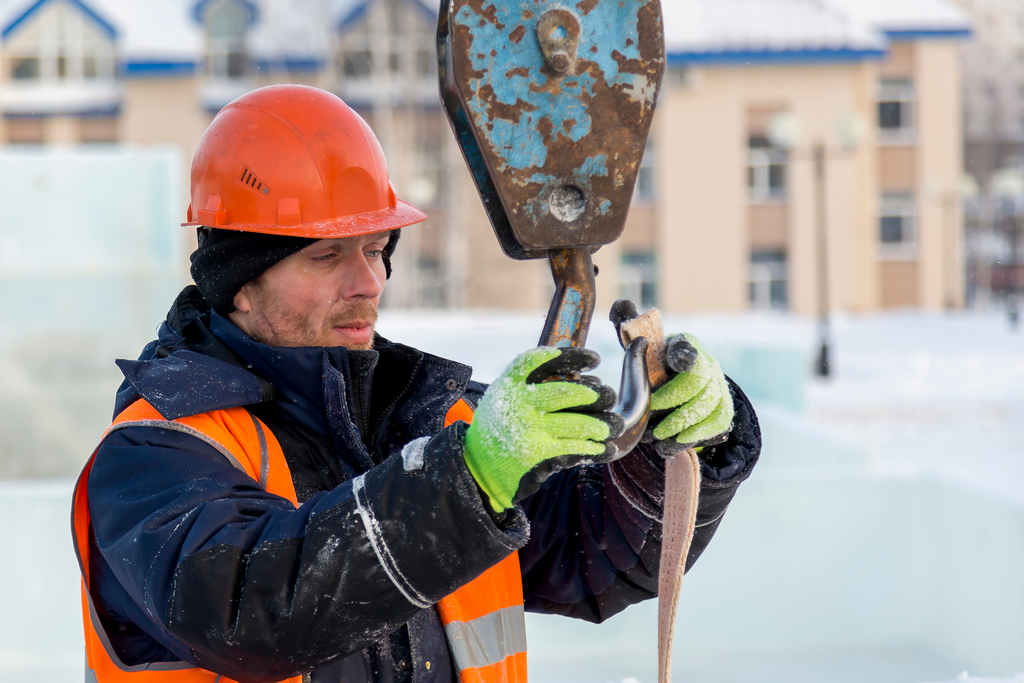
Winter Workplace Hazards: Tips for Hazardous Industries
Winter brings unique challenges to workplaces, especially in industries where medium to high hazards are already part of the environment. Icy conditio[...]
Read moreLatest Posts

The Power of Data in Ergonomics
At CompScience, we’re excited to share our recent feature in Business Insurance, which highlights how our AI-driven approach to ergonomics is helping companies create safer, more productive workplaces. The article, “Data Key for AI-Based Ergonomics Strategies,” emphasizes the critical role data plays in transforming how businesses approach workplace safety and injury prevention. The Power […]
Read more
How Do Poor Ergonomics Impact Workers In Industrial Settings?
Poor ergonomics refers to the design or arrangement of a workspace or equipment that causes discomfort or strain on the body, leading to physical stress and potential injury. There are solutions to ergonomic issues such as changes to workflows that improve worker ergonomics. Detecting ergonomic issues in industrial settings is the key to mitigating […]
Read more
Navigating the Dangers of Musculoskeletal Disorders in the Workplace
Musculoskeletal disorders (MSDs) are among the most common occupational hazards, affecting millions of workers worldwide. These injuries, which impact the body’s soft tissues—nerves, tendons, muscles, ligaments, and joints—develop over time and can significantly impair a person’s ability to work and perform daily activities. Initially, MSDs may manifest as minor discomfort, which many might dismiss after […]
Read more
Safety And Ergonomics Webinar: How To Prevent Injuries with AI and Data Science
Learn about transformational safety analytics from CompScience that utilizes workplace video to generate predictive models from that safety managers and ergonomists can use to report and improve injury rates in manufacturing, logistics, construction and more. This 45 min webinar was presented by Kris Mizel, CSP, Head of Loss Control and Lauren Wandell, Head of Ergonomics […]
Read more